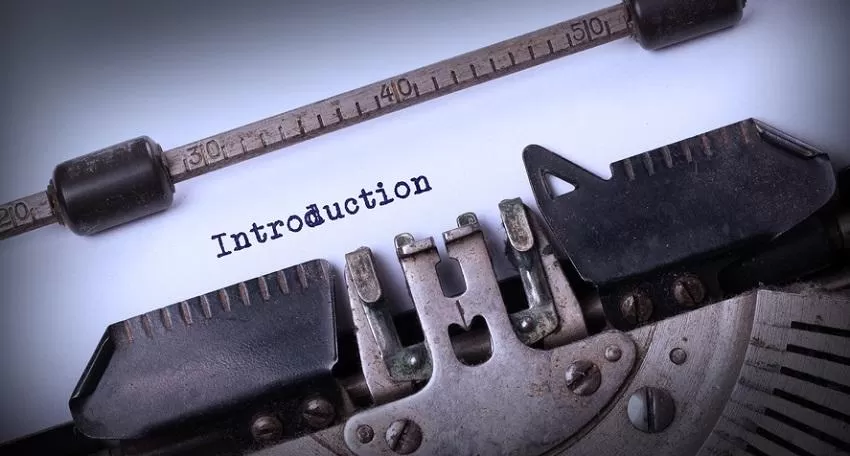This proposal template applies to any industry. When combined with your subject matter expertise, it will enable you to quickly write a proposal in a way that matters to your customers.
The easiest way to understand this approach to proposal writing is to think about using it to structure your paragraphs. Once you see how to do that, you can use the exact same template at the section level by breaking down each section into its components (topics, steps, features, locations, etc.). The introduction paragraph makes the point, followed by paragraphs for the details. Within each paragraph, you have a main point supported by the details.
This template will make it quicker and easier to write your proposal sections once you have your proposal outline. A proposal outline is not a generic thing, like you might have been taught in school. It must be created from the customer's perspective to help them make their decision and meet their expectations.
Outlines based on a written RFP may require creating a compliance matrix first in order to get the outline right. A compliance matrix helps you map the RFP instructions, evaluation criteria, and requirements so that you can build an integrated outline that puts everything where the customer expects to find it. Follow the links in the highlight box for advice to help you prepare your proposal outlines.Proposal writing template
There are two parts to this template. The first is the point you want to get across, and the second is how you will substantiate it. People often get these backwards. Here are 10 examples of what people do wrong when writing their proposals that this template can help you fix. For how the parts of the template below fit together.
Start by thinking about the point you want to make
Choose the point you want to make. In proposal writing, the conclusion should come first and not last. It’s really what the customer cares about. So what conclusion do you want the customer to reach?
The rest of the paragraph substantiates the point and only gets read if the customer agrees with the point you made, cares about it, and it describes what the customer wants.
Here are some examples of what the point can be about:
- How you will comply with requirements
- Your differentiators
- What the customer will get
- What the result will be
- An advantage you’ll bring
- How the customer will be better off
- Why you are offering what you are offering
- Relevance to the evaluation criteria
- The point you'd like the customer to reach about what you are going to write
If you make the right points in your proposal, the customer will be sufficiently interested to read the details that follow. Paragraph after paragraph, the points you make should add up to why the customer should accept your proposal.
Follow your point with sentences that substantiate and prove your ability to deliver as promised.
This will show the customer that the point you made is valid and prove you can deliver and are trustworthy. Here are some examples of the details you might need to prove your point:
- The details of your approach
- Procedures or steps you will follow
- Details about how you will comply with the requirements
- Schedule details
- Resources and allocation
- Coverage
This is where you demonstrate your credibility so that the customer will accept the point you made. Feel free to use bullets, tables, or graphics instead of narrative text in your proposal paragraph.
A simple technique for proposal writing
If you are struggling with what to say about those details, you can use this simple technique. Address:
- Who
- What
- Where
- How
- When
- Why
Click here for more details on this deceptively simple sounding but powerful approach to proposal writing.
Tips to help you write a winning proposal
In addition to the details, consider sprinkling some of these into your proposal sentences.
- Examples
- Experience citations
- Testimonials
- Graphics
Finally, make sure you use the language of the RFP and optimize the points you make to score highly against the evaluation criteria. Use this over and over to iteratively build your proposal.
No template can give you the points you need to make about your subject matter in a way that will reflect your customer’s preferences. But you can use this template to take what you know about your customer and offering and quickly create a great proposal.



Let's discuss it!
You can post now and register later. If you have an account, sign in now to post with your account.
Note: Your post will require moderator approval before it will be visible.